Table of Contents:
- Introduction to the 6L80-E Transmission
- In this Drivetrain 101, we will be addressing
- General Motors 6L80-E Product Resources
- Popular Transmission Information Resources
- What is the difference between the 6L80-E and 6L90-E transmission?
- How the 6L80-E clutch packs work
- Problem #1 - The Torque Converter
- Problem #2 - The Intermediate Shaft
- Problem #3 - The Valve Body
- Problem #4 - The OEM Oil Pan
- Problem #5 - The High Pressure Oil Pump
- Problem #6 - The Transmission Electro-Hydraulic Control Module (TEHCM)
- Problem #7 - The 4-5-6 (Overdrive) Clutch Pack
- Problem #8 - The 1-2-3-4 Apply Piston
- Conclusion to the 6L80-E Transmission
Introduction to the 6L80-E Transmission:
The General Motors 6L80-E Transmission is one of the most widely used 6 speed transmissions in automotive history. This transmission is used in everything from pickup trucks, to SUV's, to audacious muscle cars, to family sedans. Because of this, we have gone to great lengths to understand the plurality of problems that plague this transmission, rational to their applications.
Due to this, it is important that we address all of the prolific failure points of this transmission and how they apply to all 6L80-E transmission owners. Further, we will address plausible solutions we've employed over time and how they benefit people with these units. Regardless of your application, the 6L80-E transmissions are not perfect, and benefit greatly from a variety of aftermarket enhancements.
In this Drivetrain 101, we will be addressing:
- The most popular failures we witness on the 6L80-E transmissions
- Its capabilities in reference to TCM tuning and shift/lockup protocol modification
- The strengths (believe it or not, there are a few!) of this transmission
- Resources for relevant updates and upgrades
And much, much more!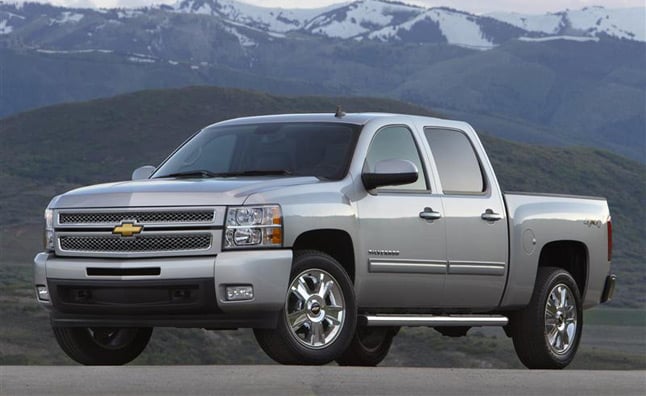
General Motors 6L80-E Product Resources:
- 6L80-E Transmissions
- 6L80-E Torque Converters
- 6L80-E Rebuild Kits
- 6L80-E Valve Bodies
- 6L80-E Parts
Popular Transmission Information Resources:
- Top 5 Benefits of an Upgraded or Built Transmission
- Calculating Torque Multiplication Factor, Why is it So Important?
- Top 5 Ways to Extend the Life of a Factory Transmission
What is the difference between the 6L80-E and 6L90-E transmission?
The 6L90 is the slightly larger brother to the 6L80-E transmission, designed to capacitate the additional torque to the other unit. With the advent of new vehicles with greater performance needs, the 6L90 transmission came at a very critical time. The primary differences between the transmissions are in reference to internal hard parts.
Firstly, the 6L80-E transmission case is shorter. The reason behind this was to accommodate additional physical gear assemblies inside the transmission, permitting 2 additional pinion gears equating to a total of 6. This is a critical modification necessary for both high RPM, and high torque figures as well. This came tantamount to a larger intermediate shaft to ensure reliability during loaded 3-4 upshifts where this shaft experiences great stress.
Some applications were given a multitude of additional clutches spanning across various clutch packs in the transmission. This enhances the load capabilities of these clutch packs in the respective gears with which they are applied. Below, we will address how the 6L80-E transmission clutch packs operate.
How the 6L80-E clutch packs work:
As with nearly all 6 speed transmissions, the 6L80-E transmissions are almost exclusively solenoid controlled. This means that there is an electronic switch or solenoid responsible for nearly all functions of the transmission. Units with this structure are highly controllable, but due suffer from additional failure points due to the increase in electronics and moving parts.
We can see from the solenoid application chart how the transmission uses these solenoids and switches to control the operability and function of the various clutch packs and converter lockup system. It is common for people to use TCM (transmission control module) tuning to modify line pressure figures, shift points and lockup protocol to favor the application. Nearly everybody benefits from TCM tuning on this specific transmission.
Problem #1 - The Torque Converter
Much of the concern with this units torque converter is that they made countless vehicles of different masses, power levels, tire sizes and more with a common converter, offering few variabilities in stall speed and stator dimensions. This makes it an imperfect match for nearly any application; sacrificing power, efficiency and shift quality for just about all users.
One of the least reliable parts of the factory torque converter is the cover. Unfortunately, the cover is made like most torque converter covers; a low quality casting designed to be incredibly cheap to manufacture with minimal regard for the longevity or operable quality of the torque converter itself. A quality solution is the use of a billet steel cover, precision machined to perfection. This is largely a reliability upgrade and is foundational to all of our 6L80-E torque converters, regardless of build specifications.
Further, the stator is often inadequate for any vehicle that is even slightly modified. At Next Gen, we are proud to offer custom stators of virtually any stall speed as they are precision machined right here. This allows us the flexibility of making the most precisely mated stators possible for each application. Because of this, we ask many questions about application, power and build for all customers prior to shipping their built transmission. We seek to ensure every 6L80-E transmission has superior drive quality and feel.
Lastly about the converter, is the lockup clutch assembly. For applications with added weight, power or the expectation of long-term use, the lockup clutch can quickly lose friction material contributing to a softer and softer lockup over time, eventually resulting in an unusable torque converter. Although we offer a plethora of solutions for this, all of them revolve around enhancing the material and volume of the torque converter clutch.
This serves the purpose of optimizing for longevity and reliability, but also enhances lockup-quality. This is a very noticeable upgrade for performance vehicles as well as heavy vehicles who both suffer from slow TCC synchronization times.
Problem #2 - The Intermediate Shaft
As with many 6 speeds, the intermediate shaft withstands the brunt of the activation of overdrive. Overdrive has the highest torque multiplication factor of the transmission due to its long gear ratios, placing an undue stress on the intermediate shaft and hub assembly in this transmission. Fortunately, and as usual, the nerds of the world have catered to this with a variety of solutions.
Primarily, we begin by having this component cloned from a high-grade 300M billet steel, permitting about a 40% increase in tensility and yield. This is important for any application where the transmission may experience additional load in higher gears, or loaded up-shifts are to be expected.
As an additional measure of reliability, these shafts are then heat treated to further enhance their durability. The heat treating process enables these shafts to be severely abused without fatigue, stress or wear. This is a must for anyone who fears breaking the intermediate shaft of the transmission.
Problem #3 - The Valve Body
As many 6L80-E transmission owners already know, the valve body is the home of the majority of this transmissions functional issues. As a mecca for all oil traveling through the transmission to its designated locations, prolific issues such as bore wear, valve seizure, flexion of castings and poor sealing quality all contribute to premature failure as well as horrible shift quality compared to an upgraded transmission.
Although there are calibratory variations between different applications exist in our 6L80-E valve bodies, the mechanical and hydraulic platform is common. These valve bodies benefit from virtually all internal components being modified. These enhancements range from steel valves in place of lower quality aluminum valves that are linked to accelerated bore wear, to our durable and air-tight laser-cut crushing style separator plate.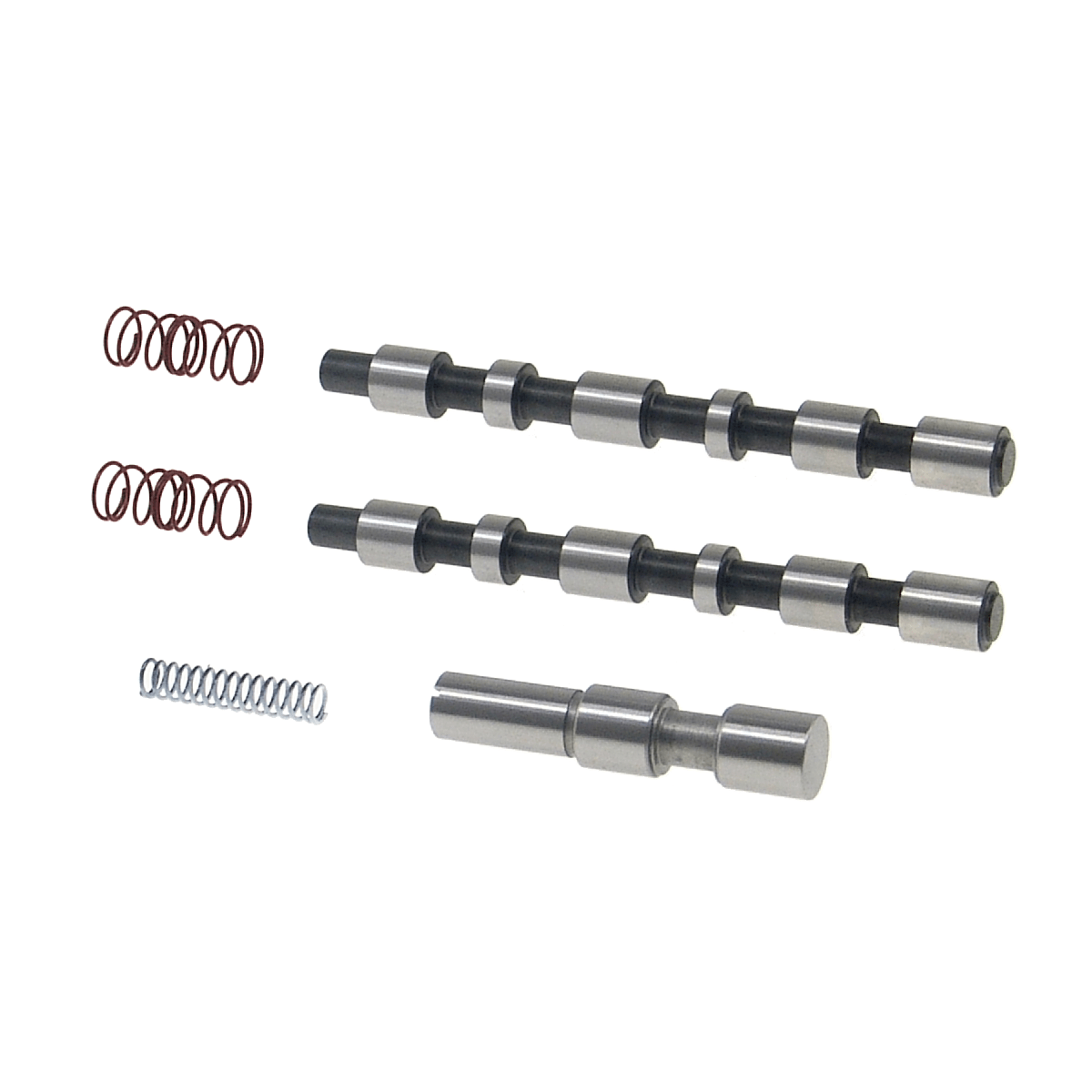
Inside the valve body is also a variety of shift valves that are rather complicated and suffer from a pre-existing disposition for valve seizure. When these valves stick, the transmission will lose its ability to perform predictable tasks such as simply shifting into the oncoming gear while accelerating. This can produce a variety of codes and other conditions.
Further, there are a variety of areas where sealed end plugs can be used in place of failure-prone end plugs that do not feature any sort of O-Ring to protect them from venting. This is a common practice as it would require a large increase in labor time during the OEM's assembly of the product at the factory. The product is lack of reliability for us, the consumer. Our resolution of sealed end plugs is a simple, yet massive upgrade.
Problem #4 - The OEM Oil Pan
This is a brief inferiority, but it is worth discussing. These pans, much like the rest of the transmission industry, are made out of stamped metal that is heated and then cooled naturally to retain it’s shape. This is a problem for many reasons:
- It does not allow for a proper mating surface where the pan mates to the case because there is no precision flattened surface on the pans side.
- The pan is incredibly thin, and cannot safely withstand any rugged use safely. Off-Roaders should beware of factory pans.
- The pan is nowhere near large enough, this transmission needs more fluid to operate at peak performance and cool temperatures, the factory pan inhibits this by negating a potential safe increase in oil. This forces the transmission to run hotter than it should, drastically effecting the lifespan of the friction elements inside the transmission and torque converter.
- The pan does not have sufficient surface area to exhaust heat properly, heat goes to where there is a lack of heat. This is because heat is a form of energy. Increases in surface area enhance a metal’s ability to release heat into the environment around it.
- The oil pan's stamped nature does not provide any rigidity benefits to protect the case against physical failure under stressful applications. Cast aluminum deep pans further enhance the rigidity of the case.
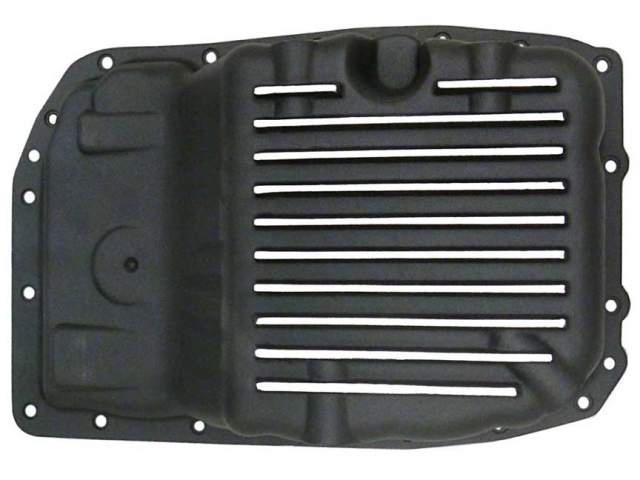
Problem #5 - The High Pressure Oil Pump
As with the valve body, the 6L80-E high pressure oil pump contains multiple valves that are responsible for the proper oil flow about the transmission, and as a result, suffers from similar issues. These valves can stick, wear at the bore, springs can break and more.
However, the added complication exists that the oil pressurizing gears at the front of the transmissions pump can wear excessively much like an oil pump in a motor. This causes the rate with which pressure is produced to slow down, and also minimizes peak pressure figures.
Uniquely, the boost valve inside the pump suffers from high probability of bore wear due to how many times it cycles throughout operation of the transmission. The frequent mobility of this valve made it critically important for a sleeve and valve system to be created, facilitating tremendous increases in the longevity of this valve system. Further, this restores lost line-pressure and is a must for TCM tuning to produce its full effect.
Inside the pump is also a pressure regulator valve system, similar to elder years of General Motors transmission. It tends to suffer from bore wear, rendering it unable to capacitate the high line pressure figures necessary to produce reliable motoring experiences in our clients. Common symptoms of this are transmissions that can function fine at low power input, but begin to misbehave at higher engine loads. Our use of a unique steel valve is a dramatic enhancement to this problematic piece.
There beyond, the mating surfaces of the pump are frequently flexed beyond what can be safely machined. As a result, the front half of the pump is often bad during the rebuild process. A bell housing must be purchased from the OEM to resolve this problem, incentivizing the remanufacturing of this transmission before it fails.
Problem #6 - The Transmission Electro-Hydraulic Control Module (TEHCM)
Inside the 6L80-E transmission, and adjoined to the valve body, is the transmission electro-hydraulic control module. This system is an hub for all oil being directed throughout the transmission, and is controlled by electrical impulses controlled by the on-board computer of the vehicle. It is responsible for the activation and deactivation of solenoids that control where oil goes and when.
Further, it is married to the vehicle by VIN #, and is used in conjunction with the onboard anti-theft system to prevent putting the vehicle in drive or reverse without the key being detected. These are intelligent small systems that often fail at the pressure-diaphragms due to erratic line pressure caused by the aforementioned failure points in the valve body itself.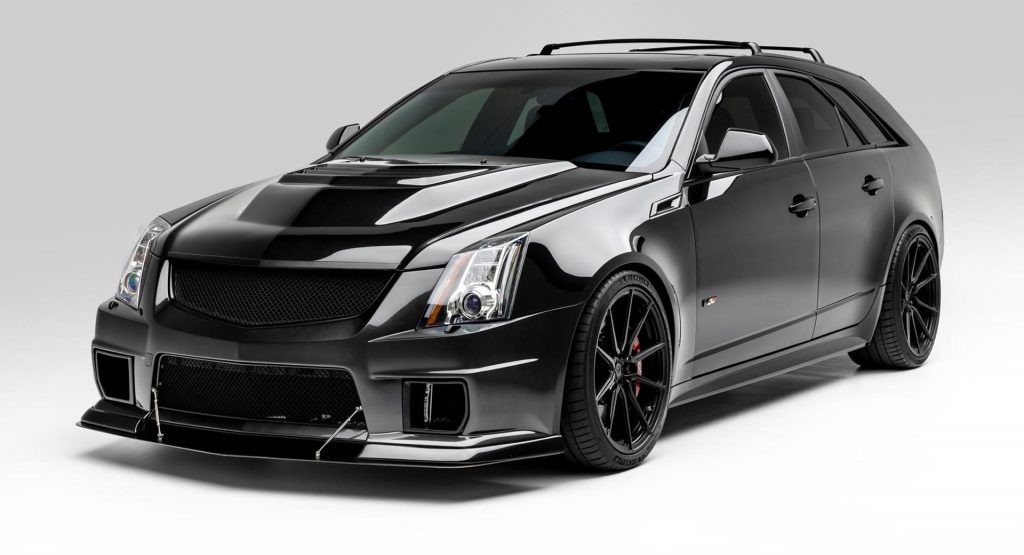
It is common practice to remanufacture the TEHCM, but unfortunately, this is incredibly unreliable and often does not provide long-term results. The only reliable way to resolve the TEHCM debacle is to simply purchase a new OEM TEHCM. Further, all TEHCM's used in our products or sold individually at Next Gen Drivetrain are programmed to the vehicle by VIN # ahead of time, allowing for direct OEM compatibility and maximum longevity.
Problem #7 - The 4-5-6 (Overdrive) Clutch Pack
As with most transmissions, and foreshadowed in the intermediate shaft section prior, is the problem of overdrive. Overdriven gears have the highest torque multiplication factor of any gears, contributing to added heat, stress and detracted longevity. All applications, to one extent or another, should fear this expensive failure.
For modest applications, a simple upgrade in friction and steel quality will ensure long-standing reliability. However, for considerable added power or stress, adding clutches becomes necessary. In conjunction with a billet intermediate shaft, we can add multiple friction elements and steels to this clutch pack, further fortifying it for added power.
Regardless of application, all 6L80-E transmissions can justify making enhancements to this portion of the transmission. Further, these upgrades are valid insurance for those who spend a lot of time in upper gears, such as heavy towing applications, high power applications and commuting applications.
Problem #8 - The 1-2-3-4 Apply Piston
A problem that could plague anyone in any application is a catastrophic failure of the 1-2-3-4 apply piston. This component is responsible for engaging the 1-2-3-4 clutch pack, forcing it into a synchronized state. Due to casting flaws known by the OEM but never fixed, they often crack. This piston, as with most, is an oil dam. Oil dams are components that hold back high pressure oil, and when cracked or broken will cause a loss of line pressure at the corresponding component.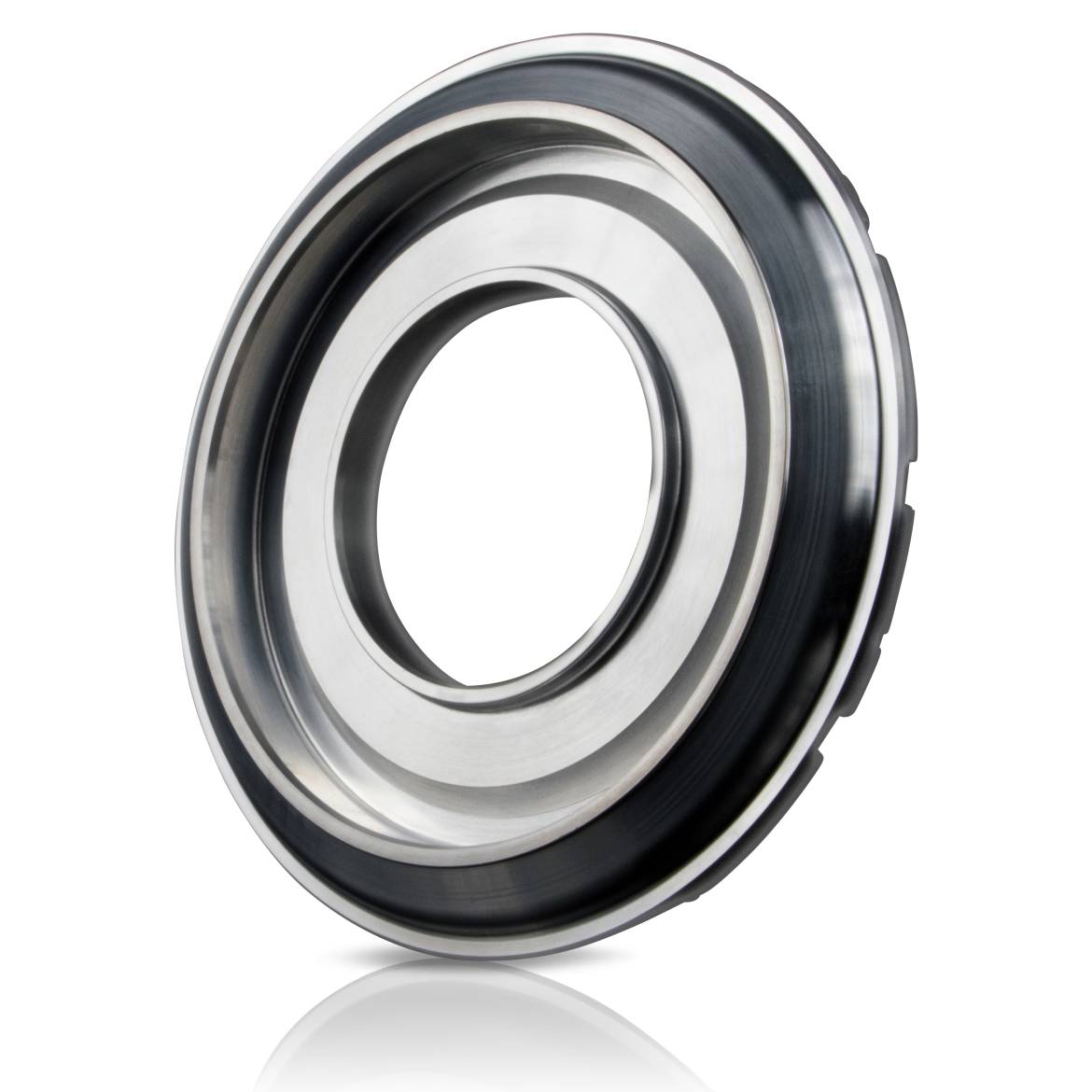
Fortunately, there is of course a solution to this. CNC Machined aluminum pistons exist to ensure that this problem never plagues your vehicle. This is a peace-of-mind upgrade that should be commonplace in any 6L80-E transmission, and is standard in all of our upgraded transmissions. Further, billet apply pistons are one of the best ways to enhance shift quality as they do not deflect under high pressure.
Conclusion to the 6L80-E Transmission:
As anyone could see, the 6L80-E transmission is flawed, as is any mechanical device. However, with the advent of countless aftermarket advancements in technology, they can be transformed into evolved, durable and responsive transmissions. Still have questions? Call in and speak to one of our experts!
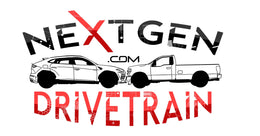

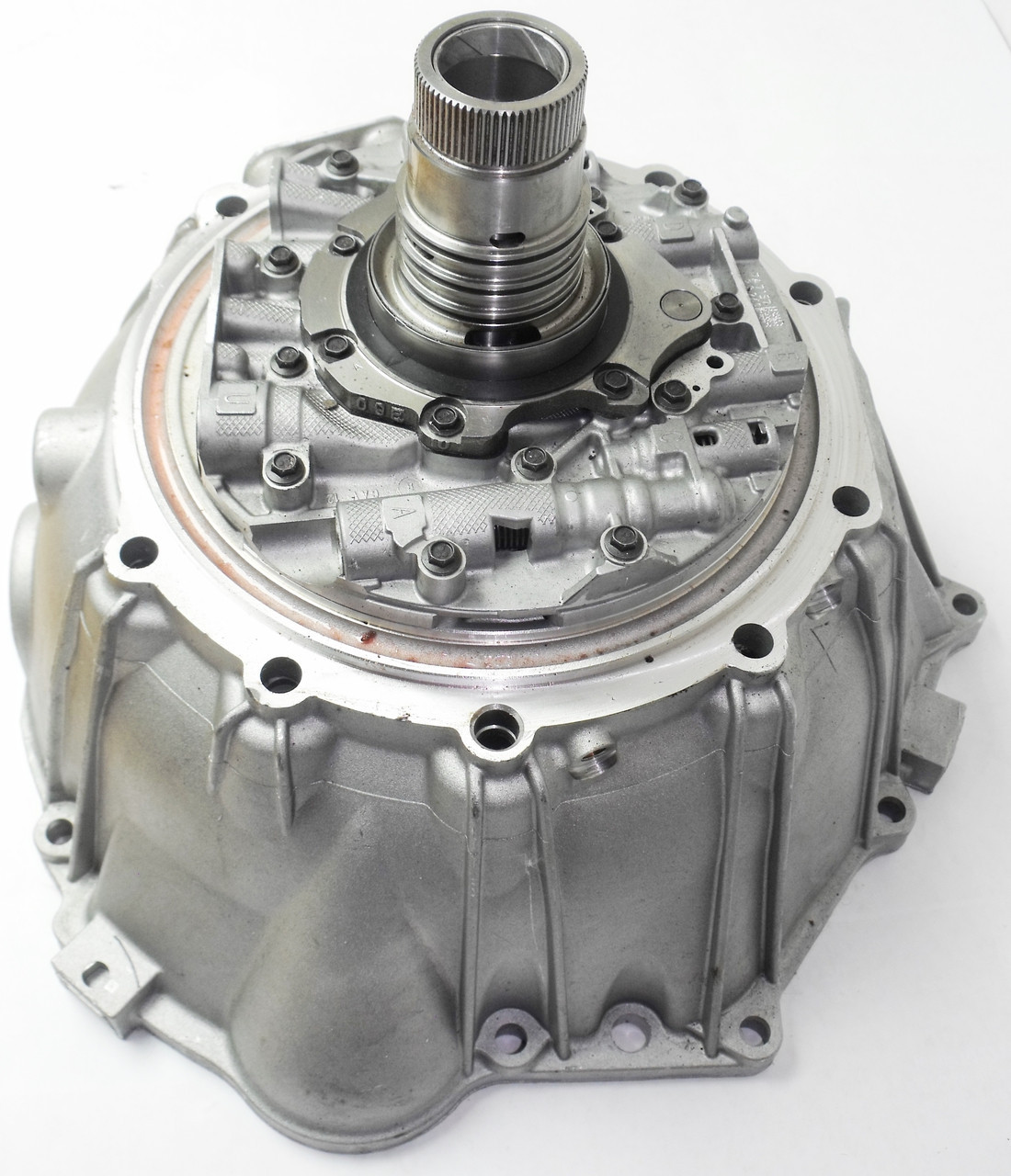




Comments (1)
My 2015 Trans 1500 Silverado 5.3 Transmission is making a knocking at shift point. Shift it manually it only does it in 6th gear. Help. 170000 miles. Replaced Torque converter at 140 thousand.